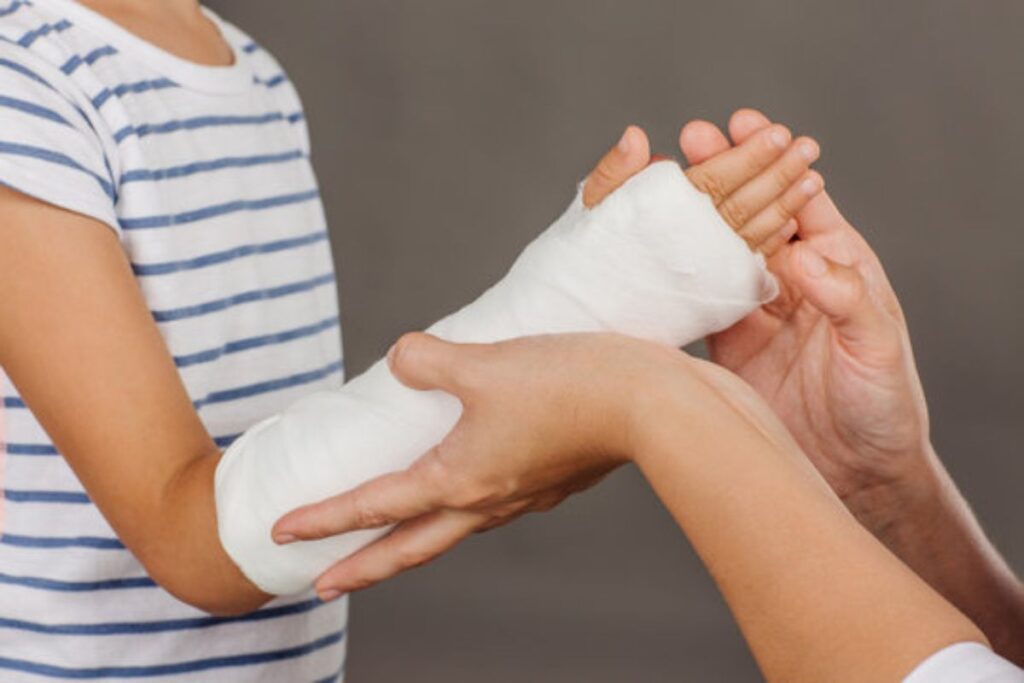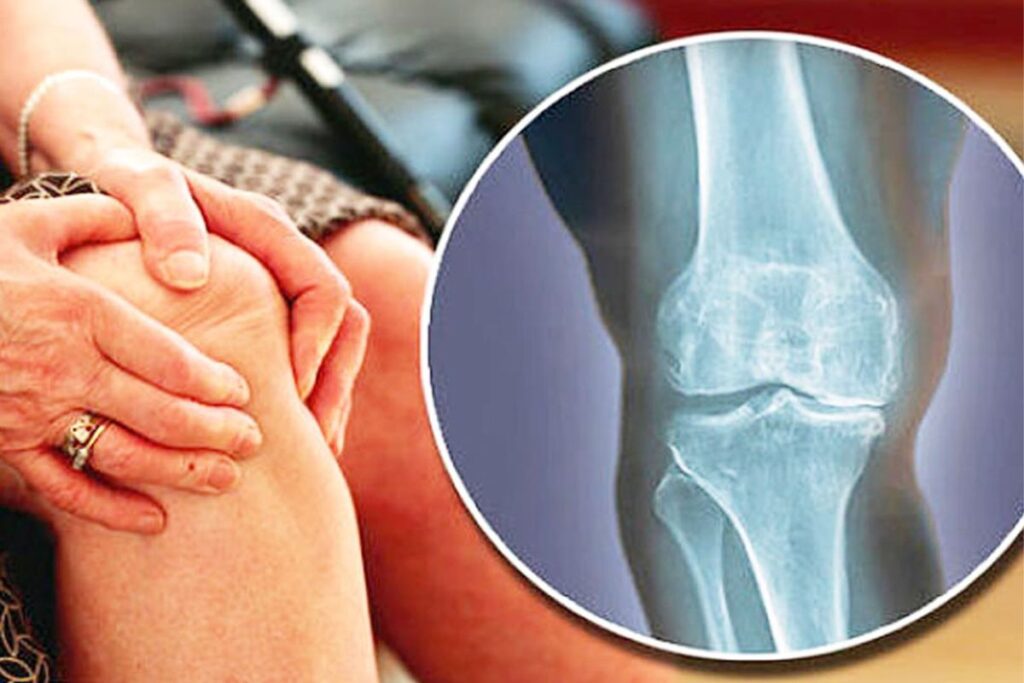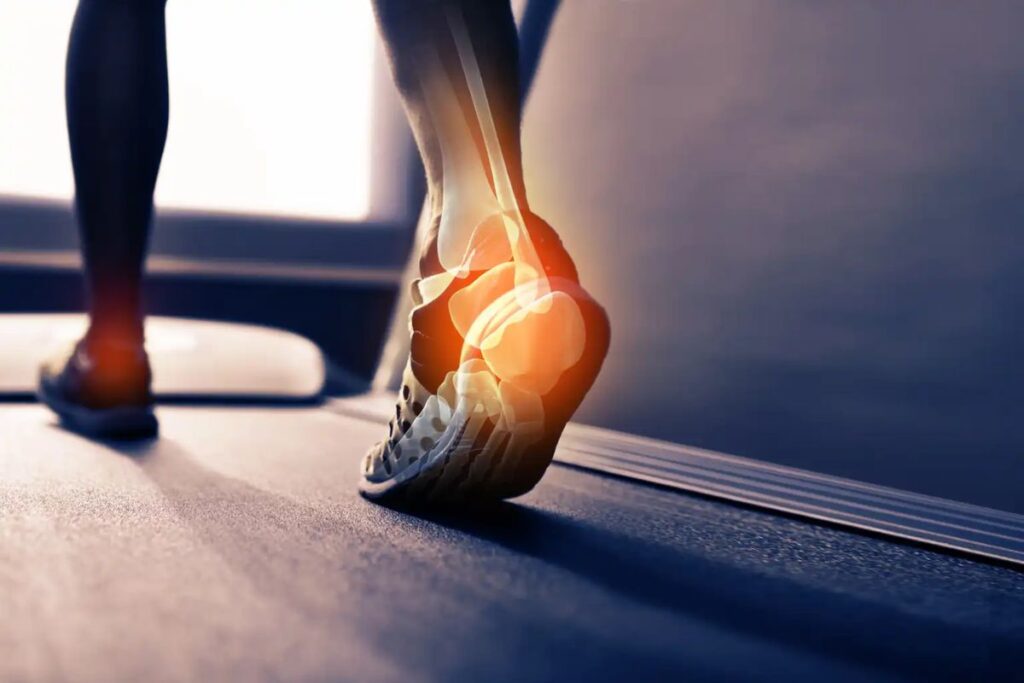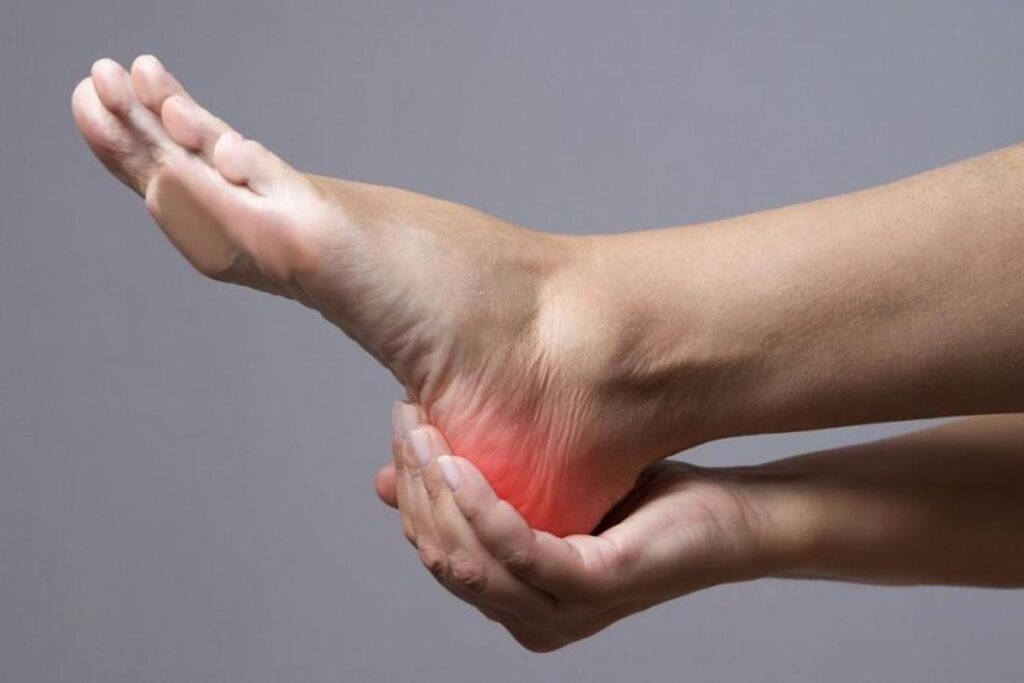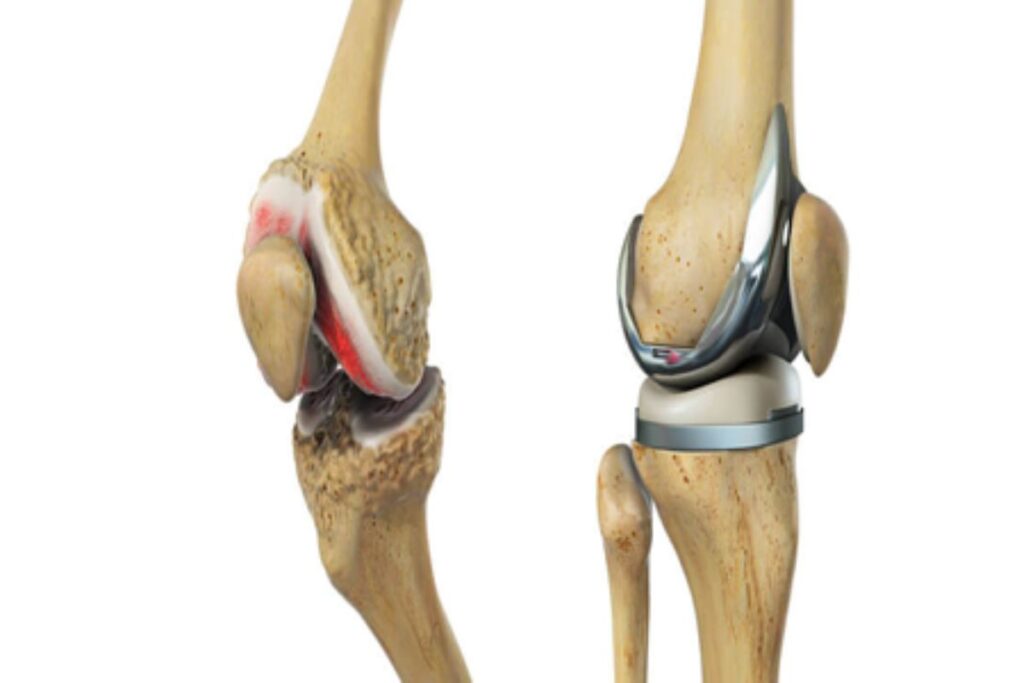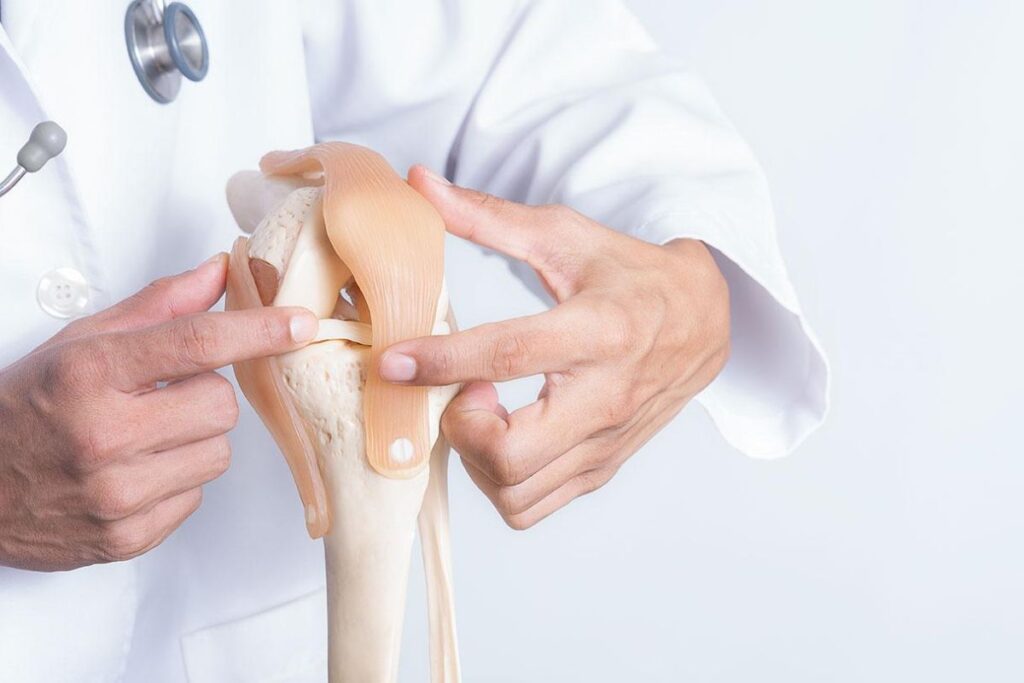Joint Preservtion And Replacement (Hip, Knee & Shoulder) Including Robotic Surgery
Aches and pains caused by joint problems can be debilitating and keep you from enjoying the hobbies you love or even make it difficult to perform everyday tasks. However, they don’t have to be. The highly-skilled joint replacement surgery expert is here to help restore and improve joint function by offering the most advanced techniques and treatment options tailored to meet your unique needs. Dr. Suryawanshi offers the latest in joint replacement surgery to restore mobility, reduce pain and get you back to a healthy, active life. Till date He has performed more than 2000 joint replacements, providing vast experience and successful outcomes for damaged hip, knee and shoulder joints. At one time, patients had to endure large incisions and long recovery times for replacement Surgery. Fortunately, that is no longer the case. Now Surgeon can insert new knee components through small incisions, resulting in less surgical risk, reduced healing time, and less pain following surgery.
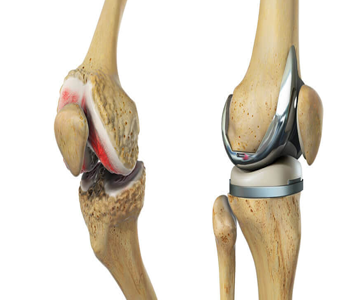
A wide range of joint repair and replacement options are available, including:
- Hip Replacement (Total Joint Replacement)
- Hip Fracture Fixation
- Bipolar Hemiarthoplasty
- Knee Replacement Including Robotic Surgery
- Revision Total Joint Replacement (Also Called Revision Arthroplasty) To Repair Joint Implants
- Elbow Replacement
- Mini-Incision Unicondylar Knee Arthroplasty (MIS UKA)
- Osteotomy (Joint Preserving Operation Of The Hip And Knee)
- Core Decompression And Bone Grafting Procedures
Blogs
FAQs
How do I keep up my Orthopedic Health?
Simple dietary and lifestyle adjustments can help you prevent significant orthopedic issues. Avoid engaging in repetitive motions that strain your joints, such as deep knee bends. Regularly visit the doctor. A wonderful strategy to monitor your orthopedic health is to see your primary care physician annually. This is crucial for older adults since they are more prone to get injured and develop arthritis.
What is Arthritis?
The definition of arthritis is “joint inflammation.” More than 100 rheumatic diseases and other ailments that cause joint pain, stiffness, and swelling are together referred to as arthritis.
In addition to gradually deteriorating our bones, tissues, and joints, rheumatoid arthritis also harms the lining around our joints.
Osteoarthritis, a disorder that worsens with time and is frequently found in the hip, knee, and spine, slowly destroys the cartilage that surrounds the ends of bones.
What causes Arthritis?
Arthritis is a degenerative condition where the articular cartilage that protects the ends of bones begins to break down over time, much as how the treads of your tires wear down over time. Arthritis can have a variety of reasons. An estimated 30–40 million Americans suffer from arthritis, and the majority of these tears are brought on by degenerative arthritis (osteoarthritis). Rheumatoid arthritis with inflammation affects 2–3 million Americans. One of the main causes of arthritis in younger people is trauma to the knee. Most frequently, arthritis worsens with age.
After having a minimally invasive partial knee replacement, may I resume my typical activities?
Once they have recovered sufficient strength and flexibility and their orthopaedic surgeon has given them the all-clear to start routine activities, the majority of patients can resume normal activities after partial knee replacement. Running, jumping, and twisting are all repetitive joint jarring activities that should be avoided. Many patients have resumed their previous hobbies after partial knee replacement surgery, including gardening, swimming, golf, and doubles tennis.
